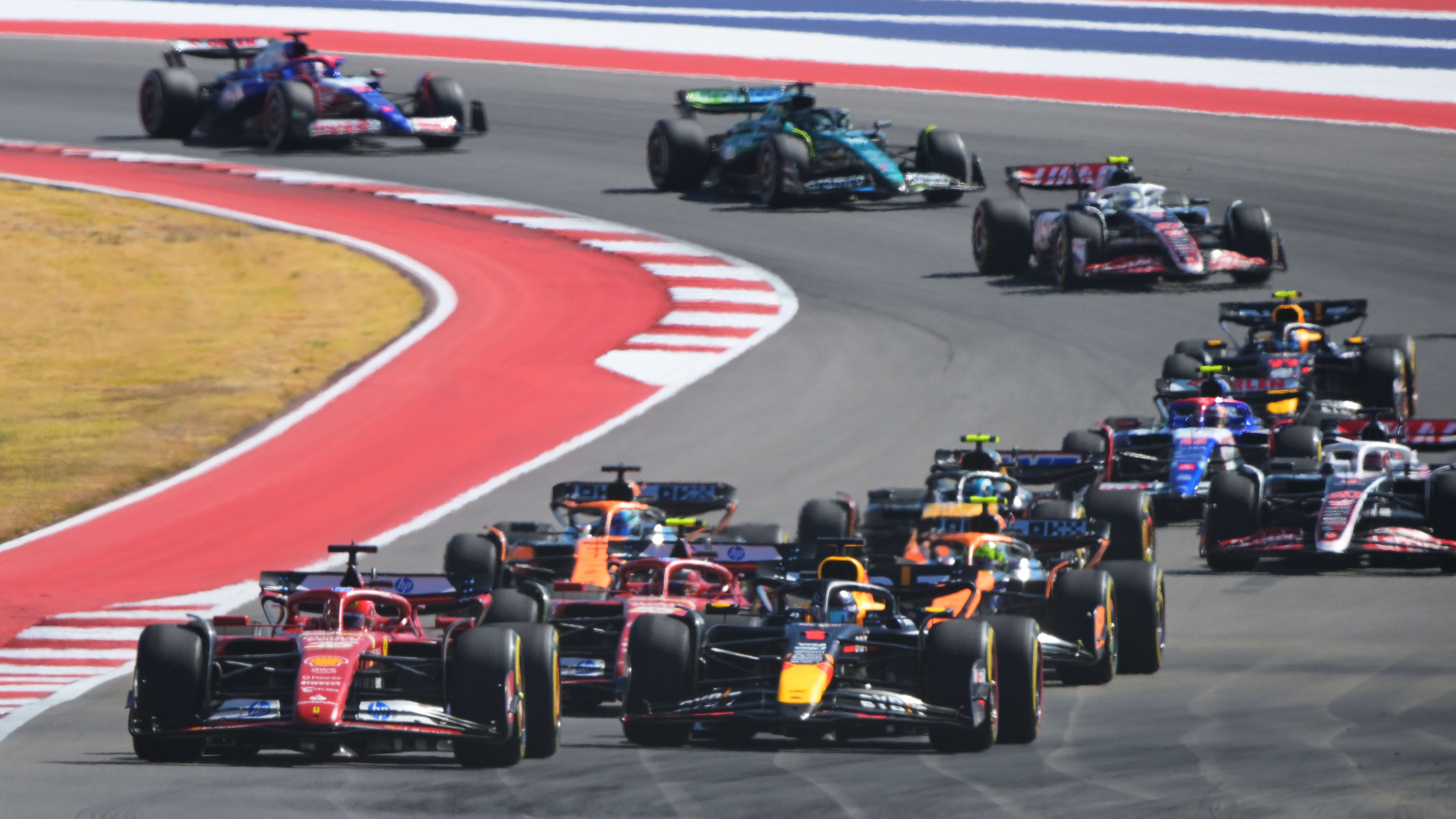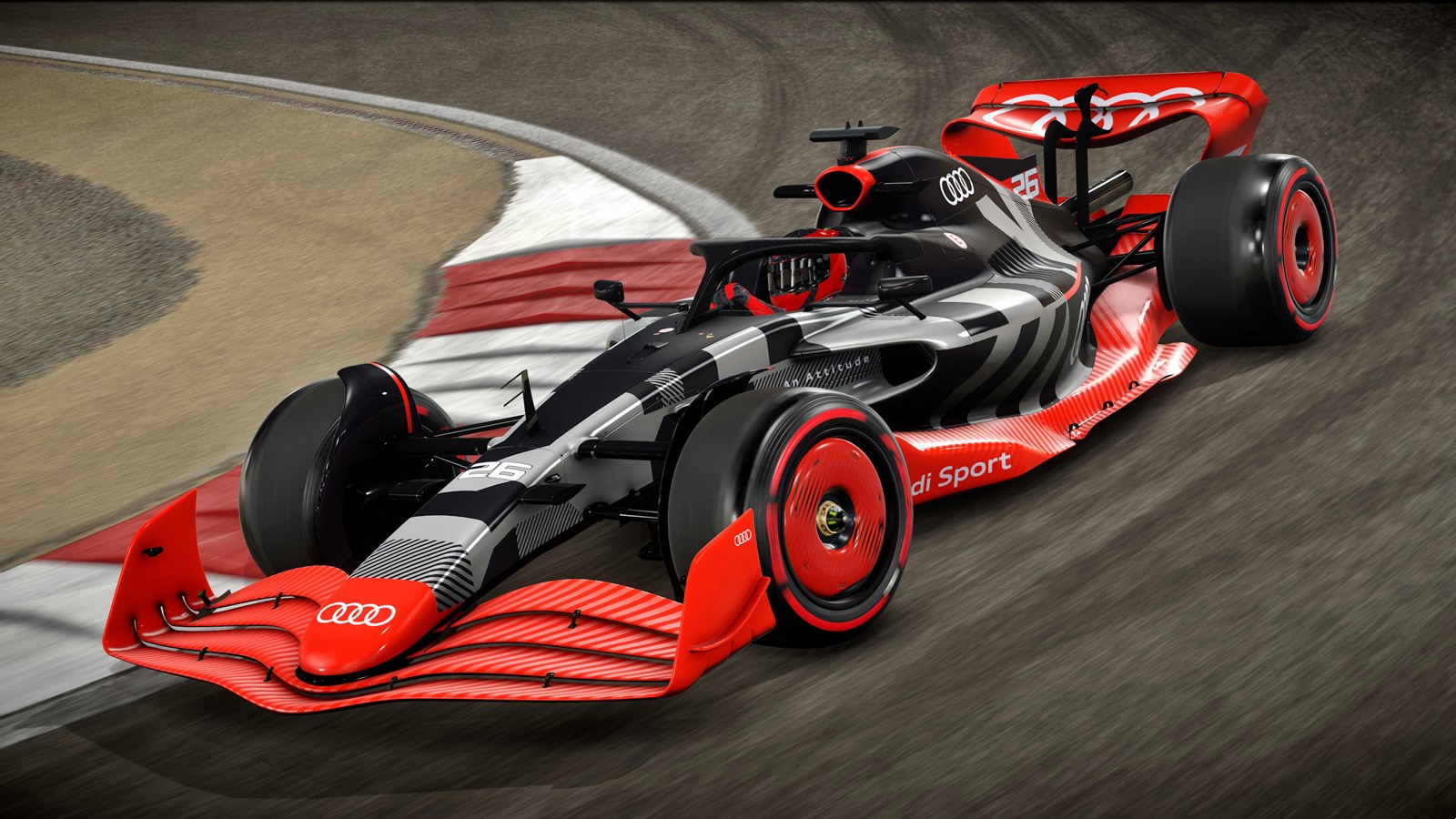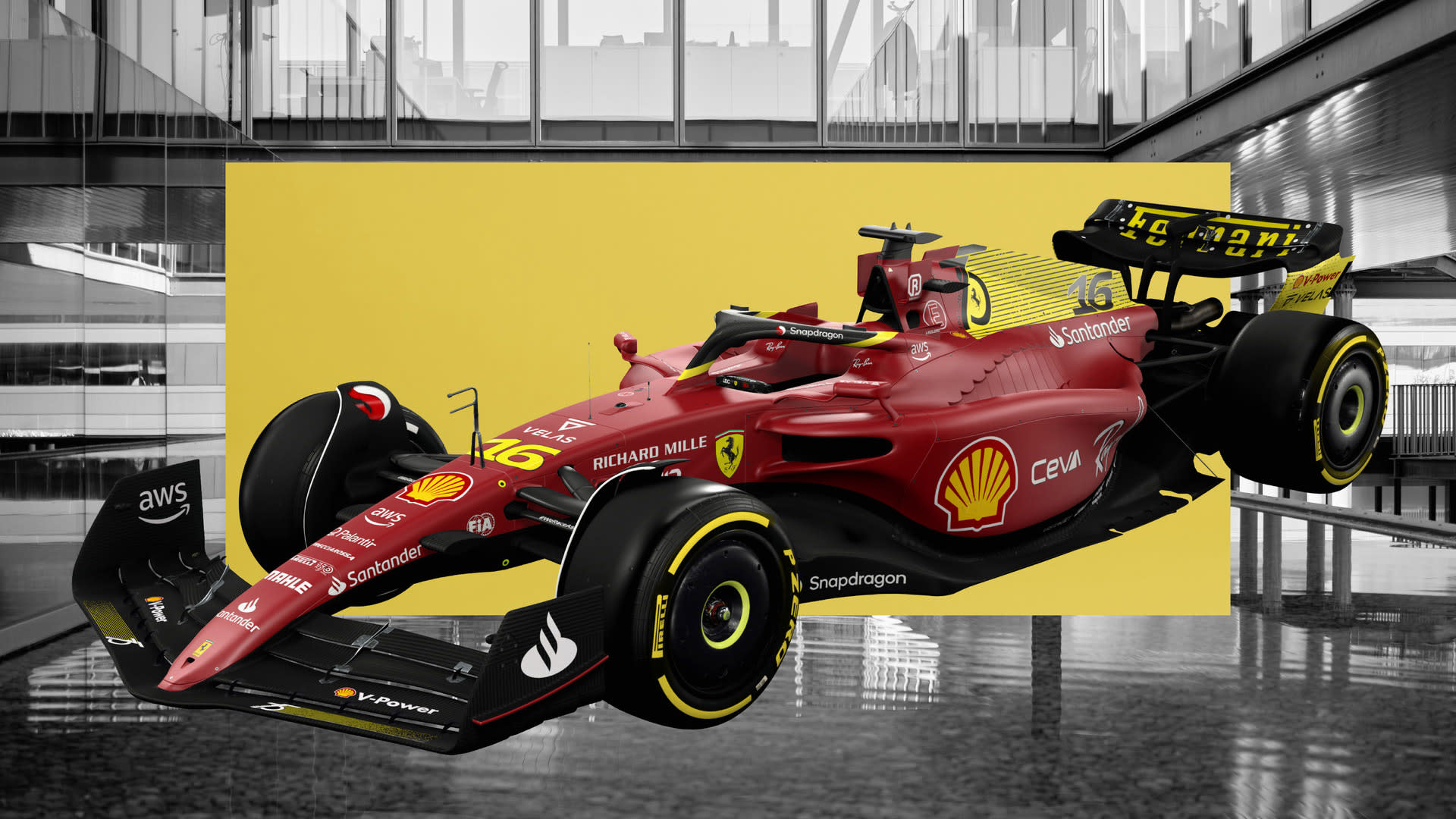Step into the thrilling universe of Formula 1, and you might think speed and skill are the only things that truly count. Yet, there is that, a quiet but very real factor many people overlook: the physical stature of the drivers. We are talking about f1 drivers height, and how it plays a bigger role than you might imagine in this high-octane sport. It's not just about fitting into a tight cockpit; a driver's size can actually influence everything from car design to performance on the circuit.
It's fascinating, really, to consider how something as basic as height could affect the pursuit of victory. You see, the cars are built with incredibly precise specifications, and every bit of weight and space is accounted for, sometimes to the nearest millimeter. So, a driver's physical build, particularly their height, can create a bit of a puzzle for engineers and teams, as a matter of fact.
This discussion will explore why f1 drivers height is such a talking point, looking at how it impacts car aerodynamics, weight balance, and even a driver's comfort during those grueling races. We will also peek into the history books and see how driver dimensions have shaped the sport, and what it means for the stars of today, you know, the ones chasing those wins like Lando Norris or George Russell.
Table of Contents
- The Physical Demands of F1
- Aerodynamics: A Taller Driver's Challenge
- Historical Perspectives on Driver Physique
- Modern F1 Drivers: A Look at the Grid
- Training and Adaptation for Drivers
- The Future of Driver Dimensions
- Frequently Asked Questions About F1 Drivers Height
The Physical Demands of F1
Driving a Formula 1 car is an intensely physical job, probably more so than many people realize. It's not just about steering; drivers experience immense G-forces, extreme heat, and constant vibrations. This means their bodies need to be incredibly strong and resilient, but also compact enough to fit into the very snug space available in the car, so.
Every element of a driver's physique, including their height, plays into how well they can manage these demands. A driver's stature affects how their body is positioned, how easily they can reach controls, and how they absorb the shocks of the track. It's a delicate balance, really, between being big enough for strength and small enough for the car.
Cockpit Fit and Comfort
The cockpit of an F1 car is, in simple terms, a custom-made shell around the driver. It's designed for maximum safety and minimal aerodynamic drag. This means there's very little room to spare, which is why f1 drivers height becomes a significant factor. A driver who is too tall might find themselves cramped, with their knees near their chin or their head too close to the roll hoop, for instance.
Being uncomfortable in the cockpit can seriously affect a driver's performance over a long race. Imagine trying to concentrate on hitting every apex at high speed when your legs are aching or you cannot quite get a clear view. This discomfort can lead to fatigue quicker, and even small errors can have huge consequences in Formula 1, as we saw with Charles Leclerc's bid for victory fading in the second half of a race, you know.
Teams work hard to tailor the cockpit to each driver, using custom seat molds and adjustable pedals. But there are limits to how much they can adjust the fundamental structure of the car. So, while a shorter driver might have a bit more wiggle room, a taller driver often faces a more restrictive fit, which is just how it is.
Weight Distribution and Performance
Weight is a huge deal in Formula 1. Every gram matters because it impacts the car's speed and handling. Cars have a minimum weight limit, and teams aim to be as close to this limit as possible, often even under it, adding ballast to achieve the perfect balance. This is where f1 drivers height and overall mass become quite important, apparently.
A taller driver typically weighs more than a shorter one, all else being equal. This extra weight, especially if it's higher up in the car, can change the car's center of gravity. A higher center of gravity can make the car less stable in corners, which is not ideal for going fast. Teams prefer to have the car's weight as low as possible for better handling, so.
If a driver is heavier, the team has less room to add ballast in optimal places, like very low down in the chassis. This means they might not be able to fine-tune the car's balance as much as they would like. It's a subtle difference, but in a sport where milliseconds decide outcomes, even a slight compromise in weight distribution can be significant, honestly.
Aerodynamics: A Taller Driver's Challenge
Aerodynamics is basically the science of how air moves around the car, and it's absolutely critical in Formula 1. Teams spend countless hours in wind tunnels perfecting every curve and angle to reduce drag and create downforce. A driver's height can, in a way, interfere with this careful aerodynamic design.
The driver sits in the cockpit, and their helmet and shoulders are often the highest points of the car, sticking out into the airflow. A taller driver's head and shoulders might protrude more, creating more drag. More drag means less top speed and less efficiency, which is something every team wants to avoid, naturally.
While designers try to sculpt the car around the driver's head to minimize this effect, there's only so much they can do. A larger frontal area, even if it's just a few extra centimeters from a taller driver, can make a measurable difference in air resistance. It's a constant battle to make the car as slippery as possible through the air, and a driver's height is just one more variable in that complex equation, you know.
Historical Perspectives on Driver Physique
Looking back through the history of Formula 1, you find a range of driver sizes. The cars themselves have changed dramatically over the decades, and with them, the ideal driver physique has also seen some shifts. Early F1 cars were quite open, and drivers sat much higher, so height wasn't quite the same constraint it is today.
Over time, as cars became more enclosed for safety and aerodynamic reasons, the space for the driver shrank. This evolution has made driver dimensions a more pressing concern for teams and aspiring racers. It's a clear example of how the sport adapts, and how athletes must adapt with it, too it's almost.
Legends and Their Stature
Consider legends like Ayrton Senna, a future triple F1 world champion. He was of average height for his time, bringing his Lotus into the breakfast time studio ahead of the British Grand Prix at Silverstone. His build fit well within the cars of the mid-1980s. Many champions, including Nigel Mansell and Mika Häkkinen, who moved straight from British F3 to Formula One, also had typical builds, generally speaking.
However, there have always been exceptions. Some taller drivers have certainly found success, demonstrating that skill and determination can overcome physical disadvantages. But they often had to work harder with their teams to make the car fit them comfortably and efficiently. It's a testament to their dedication, basically.
The Evolution of Car Design
From the relatively open cockpits of the 1950s and 60s to the sleek, tightly packaged machines of today, F1 car design has been a continuous quest for speed and safety. Modern cars feature extremely low seating positions, with the driver almost lying down, which helps lower the car's center of gravity and reduce frontal area. This design, however, makes f1 drivers height more of a consideration.
The current regulations, which dictate car dimensions and safety structures, leave less room for variation in cockpit size. This means that taller drivers might find it harder to get into the sport, or at least to feel truly comfortable in the car. It’s a trade-off between maximizing performance and accommodating a wide range of human body types, and it's pretty much a constant challenge.
Modern F1 Drivers: A Look at the Grid
If you look at the current crop of F1 drivers, you'll notice a general trend towards a more compact build. This is partly due to the demands of the cars and partly due to the intense physical training regimes. Yet, there's still a good amount of variation, which is interesting, as a matter of fact.
For example, Max Verstappen made his F1 debut following a single season in European F3, and he is not considered one of the tallest drivers. His compact build likely helped him adapt quickly to the demanding cockpit environment. The grid today shows that while there might be an "ideal" height, talent still wins out, naturally.
Tallest Drivers in Recent Memory
Some drivers stand out for their height compared to their peers. Esteban Ocon and George Russell, for instance, are among the taller drivers on the grid. George Russell took third place for Mercedes in a recent race, proving that being tall does not automatically mean you cannot succeed. They work closely with their teams to ensure the car fits them as well as possible, even if it means slight compromises elsewhere, you know.
These drivers often need special seat molds and pedal adjustments. Their teams might also need to be very creative with ballast placement to counteract any higher center of gravity. It's a testament to their dedication and the teams' engineering prowess that they can compete at the highest level despite these physical challenges, honestly.
Shorter Drivers and Their Advantages
On the other side of the spectrum, drivers like Yuki Tsunoda or Lando Norris are on the shorter side. Lando Norris, for example, recently claimed a Hungarian Grand Prix victory, showing that his physical size does not hold him back. Shorter drivers often have an inherent advantage when it comes to weight distribution and cockpit fit, which is pretty clear.
Their lower weight means teams have more flexibility in placing ballast, allowing for better car balance. They also tend to have more room in the cockpit, which can lead to greater comfort and less fatigue during long races. This extra space can also mean slightly better airflow around their helmet, which is a small but definite aerodynamic gain, perhaps.
Training and Adaptation for Drivers
Regardless of their f1 drivers height, every F1 driver undergoes an incredibly strict and personalized training regimen. This training focuses on strength, endurance, and reaction times, all crucial for handling the immense forces of an F1 car. For taller drivers, their training might put extra emphasis on core strength and flexibility to manage their longer limbs in the confined cockpit, so.
Drivers also adapt their driving style to their physical attributes and the car's setup. They learn how to use their body to absorb impacts and maintain control, even when pushed to the limit. The ability to adapt is a key characteristic of any top F1 driver, and it often involves overcoming physical challenges, like your own height, in a way.
Teams use advanced data and insights to help drivers optimize their physical condition. This includes monitoring their heart rate, hydration, and fatigue levels during races. It’s a very scientific approach to human performance, ensuring every driver, tall or short, can perform at their absolute peak, naturally.
The Future of Driver Dimensions
As Formula 1 cars continue to evolve, so too might the considerations around driver dimensions. Future regulations could potentially influence car design in ways that either favor or challenge certain body types. There's always a discussion about making the sport more accessible, but also about pushing the boundaries of performance, which is just how it is.
The sport's governing bodies are constantly looking at ways to improve safety and performance, and this sometimes means changes to cockpit dimensions or weight rules. These changes could, in turn, subtly shift the "ideal" physique for an F1 driver. It's a dynamic situation, and what works best today might be different in a few years, perhaps.
For now, talent, dedication, and the ability to work closely with a team remain the most important factors for any aspiring F1 driver, regardless of their f1 drivers height. The human element, combined with cutting-edge engineering, continues to define this incredible sport. You can always find the latest F1 news, results, schedules, standings, stats, and analysis from PlanetF1.com, providing coverage of every session, from winter testing to race day, and even recaps like the 2025 Hungarian GP. GPToday.com, formerly totalf1.com, also has all the Formula 1 news from all over the web, 24 hours a day, 365 days a year, updated every 15 minutes, making it a very big F1 news portal on the internet, you know.
Frequently Asked Questions About F1 Drivers Height
Here are some common questions people often ask about f1 drivers height.
Does a driver's height affect their performance in F1?
Yes, it can. Taller drivers might face challenges with cockpit comfort, weight distribution, and aerodynamics, potentially leading to slight disadvantages in performance. However, top talent can overcome these issues with careful car setup and training, pretty much.
Are there any height restrictions for F1 drivers?
There are no official height restrictions set by the rules. However, the physical dimensions of the car, especially the cockpit, naturally create practical limits. Teams will often consider a driver's height during talent scouting, as a matter of fact, because it impacts car design.
Who are some of the tallest F1 drivers currently?
Drivers like George Russell and Esteban Ocon are among the taller individuals on the current Formula 1 grid. They demonstrate that being tall does not prevent a driver from reaching the top levels of the sport, which is good to know.



Detail Author:
- Name : Mrs. Claire Gibson
- Username : sgerhold
- Email : bradtke.hunter@langworth.info
- Birthdate : 2006-10-26
- Address : 71689 Carroll Estate Suite 683 Mitchelton, AR 13788-2947
- Phone : +1-720-481-2321
- Company : Effertz and Sons
- Job : Agricultural Product Grader Sorter
- Bio : Illum quia ipsa expedita a cupiditate. Odit et nobis et est hic voluptatem. Adipisci voluptas tempora placeat et.
Socials
instagram:
- url : https://instagram.com/jacey2253
- username : jacey2253
- bio : Doloribus nihil sint voluptatem. Qui tempore sequi et sapiente odit. Enim est fugit fugit.
- followers : 3226
- following : 843
tiktok:
- url : https://tiktok.com/@wolff1979
- username : wolff1979
- bio : Dolores aut hic tenetur et quam perferendis debitis omnis.
- followers : 5102
- following : 33
linkedin:
- url : https://linkedin.com/in/wolff2017
- username : wolff2017
- bio : Inventore consequatur est temporibus explicabo.
- followers : 6398
- following : 474